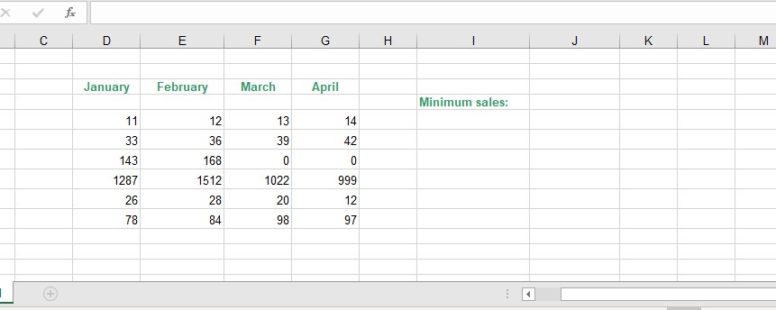The AVERAGEIFS Function
The AVERAGEIFS function returns the arithmetic mean (average) of all the cells that meet all its multiple criteria. Even though its logical elements, it is part of the Statistical functions of Excel.
The AVERAGEIFS function returns the arithmetic mean (average) of all the cells that meet all its multiple criteria. Even though its logical elements, it is part of the Statistical functions of Excel.
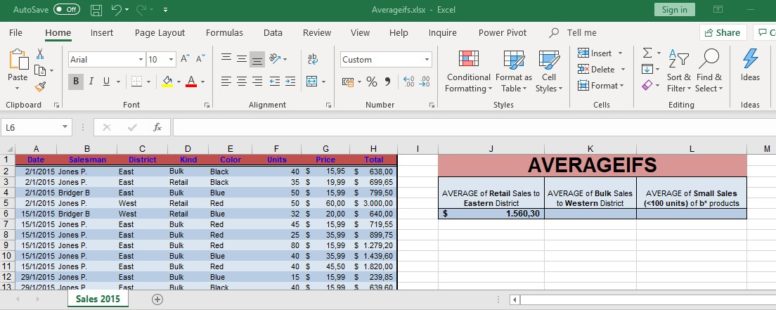
In statistics, covariance and correlation are measures of how much two random variables change together. A positive number would indicate a positive linear relationship between the variables and a negative number would indicate the opposite.
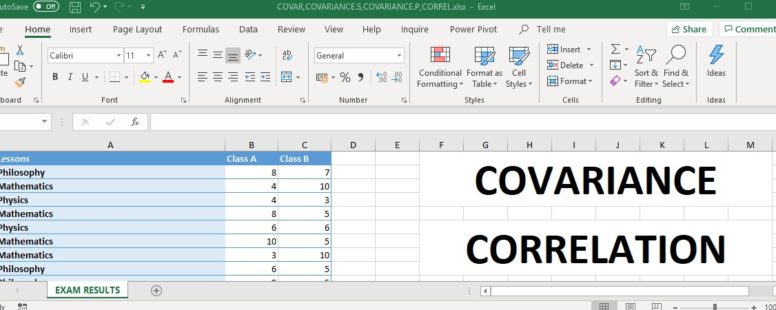
One of the most useful measures in statistics is that of variance. It is a measure that is used to quantify the amount of variation or dispersion of a set of data values. I’ll try to explain what this means with an example, but there are plenty of other online sources if you want to explore the math behind it.
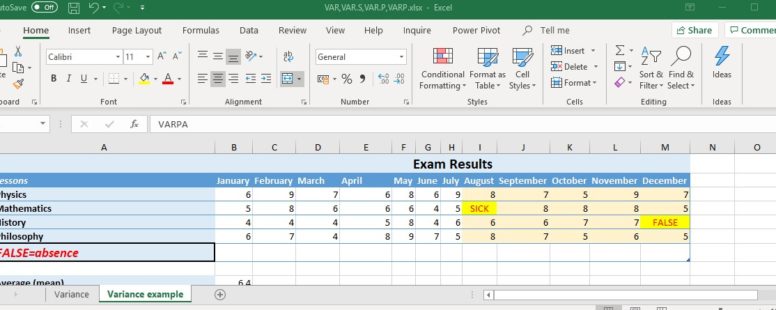
One of the most useful measures in statistics is that of standard deviation. It is a measure that is used to quantify the amount of variation or dispersion of a set of data values. I’ll try to explain what this means with an example, but there plenty of other online sources if you want to explore the math behind it.
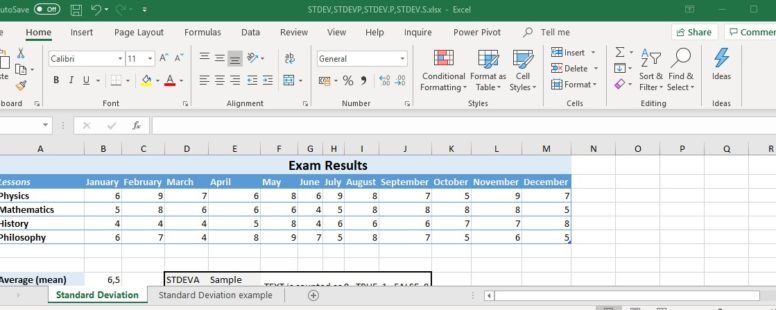
In statistics, the quartiles, of a ranked set of data values, are the three points that divide the set into four equal groups. Each group constitutes a quarter of the data.
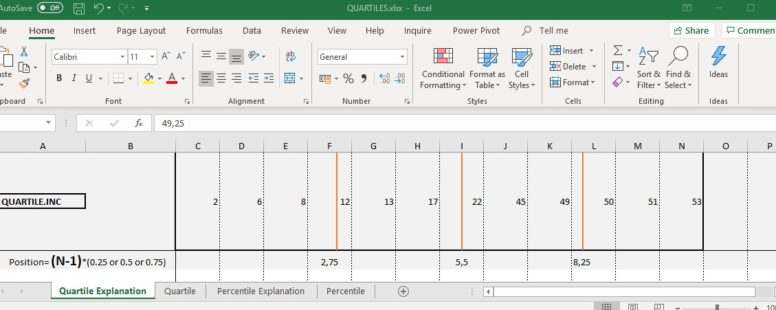
Excel has provided us with several functions to help us make sense of huge pools of data. COUNTIFS is one of them.
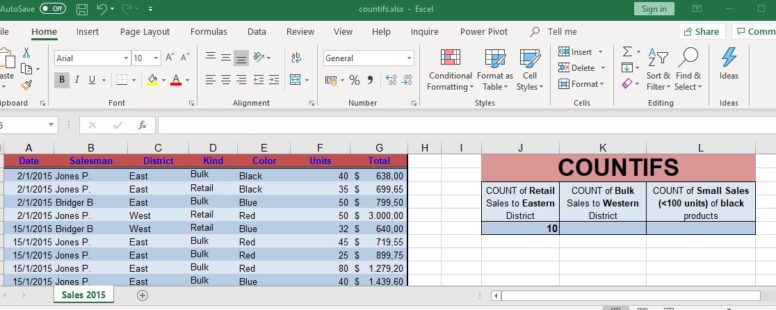
Excel has provided us with several functions, to help us make sense of huge pools of data. AVERAGEIFS is one of them.

The need to determine the maximum and the minimum values of a range of cells, is common to almost all types of excel projects.
But in statistics the MIN and MAX functions are not enough. The need to calculate, for example, the third largest or smallest value of a range of cells, is very common.
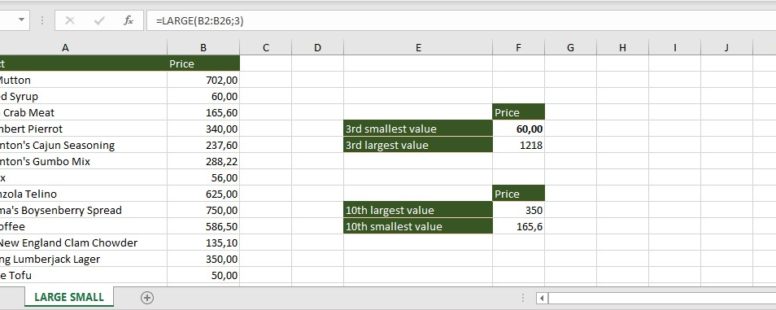
The MAX functions returns the largest number in a set of values.
If you need to get the second or third or n-th largest number in a set of values then you should use the LARGE function.
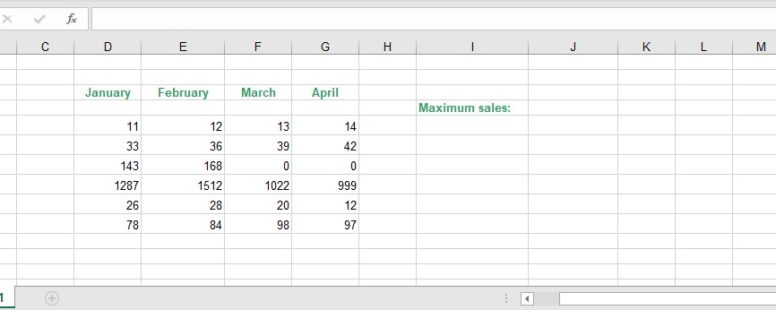
The MIN functions returns the smallest number in a set of values.
If you need to get the second or third or n-th smallest number in a set of values then you should use the SMALL function.
